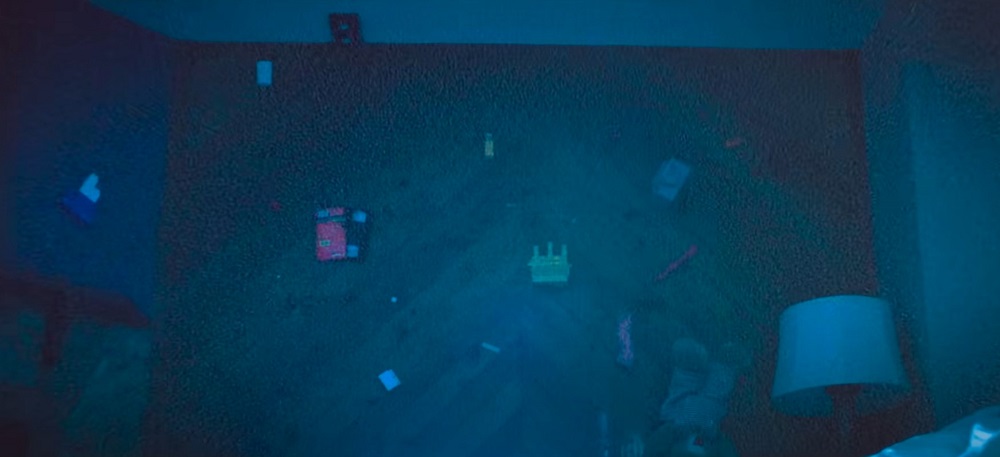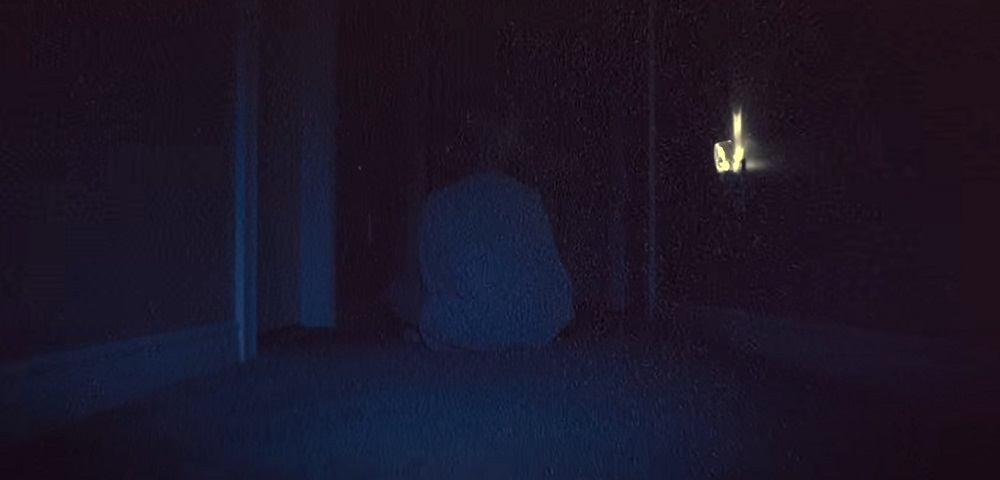Directed by Kyle Edward Ball, ‘Skinamarink’ is a horror movie that takes place in 1995. Two young siblings, Kevin and Kaylee, wake up in the middle of the night and cannot find their father. All the windows and doors in their house have vanished, and strange occurrences keep happening around them. Thus, the two band together to survive the night while hoping for their father’s return. However, things take an unexpected turn, leaving the fates of the brother and sister uncertain.
Despite the confined space in which the story seemingly takes place, the viewers cannot help but be fascinated by the events unfolding on screen. One of the biggest reasons behind the love that ‘Skinamarink’ has received is its unique visuals and cinematography style. Naturally, fans are eager to know where the haunting movie was shot.
Skinamarink’s Filming Locations
‘Skinamarink’ was primarily filmed in Alberta, mainly in Edmonton. With Jamie McRae acting as the movie’s cinematographer, it was made with a minimal cast, crew, and budget and has been appreciated for its distinct style. Let’s explore the shooting locations in more detail, shall we?
Edmonton, Alberta
‘Skinamarink’ was lensed in Edmonton, Alberta’s capital city. Specifically, the house used by the filming unit is director Kyle Edward Ball’s childhood home. Situated on the North Saskatchewan River, Edmonton anchors the north end of the Calgary-Edmonton Corridor. Popularly called the Gateway to the North, the city’s economy primarily depends on oil sand projects and diamond mining. Besides, it hosts several annual festivals that attract many visitors. Some famous tourist attractions in Edmonton are West Edmonton Mall, Fort Edmonton Park, Muttart Conservatory, and the Art Gallery of Alberta.

Shot digitally, the movie was made with a budget of $15,000, most of which was collected thanks to crowdfunding. A significant amount of props used in the project were borrowed from the Film and Video Arts Society of Alberta(FAVA), which aims to help independent filmmakers. As it turns out, Ball wrote the movie’s script keeping his childhood home in mind.
“I knew the house, obviously, so well. Going into it, I thought, “I know the house. I don’t have to work at trying to make it personal because that’s already built in.” I didn’t need to consciously think about what parts of the house scare me,” he shared with Roger Ebert. “It just flowed, and I found more and more that I didn’t have to do that work because I set the architecture of it from the beginning to work in my favor.”

Some of the most prominent toys utilized in the film belonged to Ball when he was a kid, while some were his sister’s childhood treasures. The iconic cartoons used in the movie are in the public domain and were used to amp up the atmosphere the director wanted for the story. Moreover, he was determined to style his movie in a way similar to the older films within the horror genre.
“I didn’t just want “Skinamarink” to look like an old movie. I wanted it to feel and sound like one. I wanted to go really [hard] with that. I didn’t just want to make the dialogue sound like it was recorded on an old microphone. I wanted the audio to feel like an old, scratched-up re-taping of a film that wasn’t preserved from the ’70s—lots of hiss, lots of hum,” Ball explained. His vision for the movie certainly worked wonders, given the amount of praise the film has received from viewers and critics alike.
Read More: Is Skinamarink Based on a True Story?


You must be logged in to post a comment.